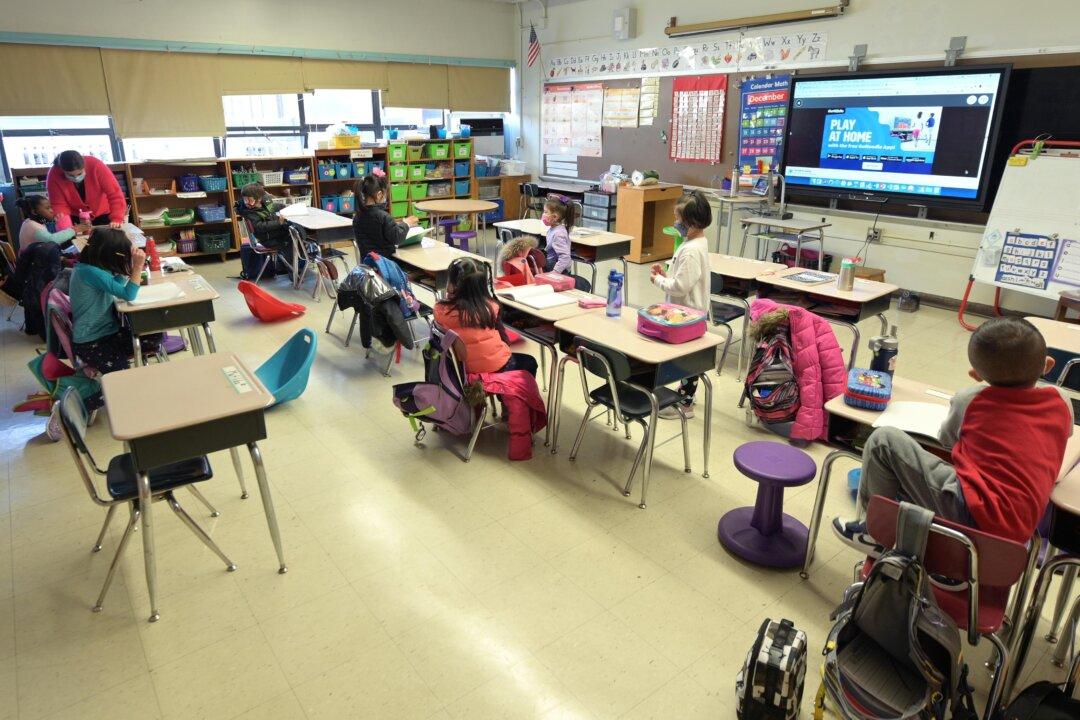Parents across America in areas without in-person teaching are desperate for help as their children fall behind academically and their community life evaporates under lockdown.
President Joe Biden has promised to reopen schools, but teachers’ unions are pushing back, citing COVID-19 concerns. Biden’s head of the Centers for Disease Control and Prevention (CDC) recently appeared to greenlight the reopening of schools, only for her comments to be discounted by the administration.





